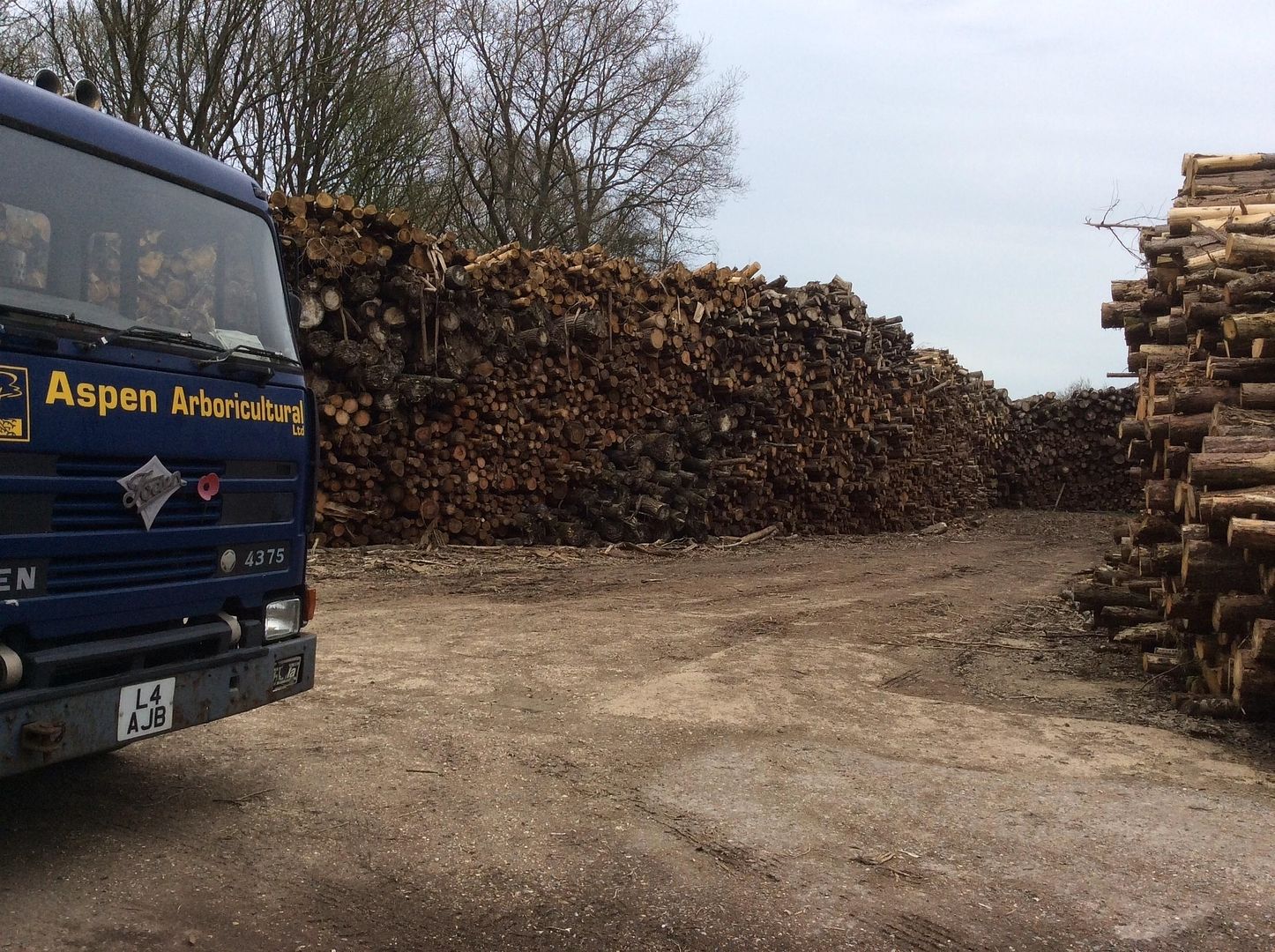cav551:
The Fuller Roadranger gearbox was developed at a time when multi speed transmissions were required to cope with the comparatively narrow rev band of useful torque produced by the American made diesel engines of the day . Fuller wished to incorporate the extra ratios obtainable with twin stick designs which normally operated separately mounted transmissions, or booster boxes as they were called in the UK, into just the one assembly.The designers needed to cater for the then foreseeable increases in input torque likely to be required. This focused attention on the combined limitations of spur gears, tooth loadings, and particularly the radial loadings which adding additional gear clusters to what would seem to mean ever lengthening shafts and casings. Straight cut gears and a single layshaft design looked like dictating that each gear was going to have to be thicker to reduce the tooth loading, and there were going to be more sets of gears added to the shafts. The extra shaft length was likely to cause problems with the radial load imposed on the shafts unless something was done. They could adopt the same solution which the UK’s David Brown used and utilise a horizontally split casing with an intermediate bearing and corresponding webs in the casing, or they could come up with something different.
They chose to place the mainshaft between two layshafts, so doubling the number of teeth in contact, reducing the tooth loading and allowing the thickness of the gears to be reduced. The mainshaft, being sandwiched between the two layshafts, was itself no longer under radial load and although the casing was still subject to all the radial loading, that resisted by the each layshaft and its bearings was halved. The bonus was that not only were they so far saving length, but also weight since components could be reduced slightly in dimensions. The lack of any need for bushes for the mainshaft gears to run on, allowed more weight to be saved by employing dog clutches which mated with internal teeth in the mainshaft gears, rather than the more common external designs in common use.
The need for additional ratios was dealt with by what was effectively a repetition of the main box primary gear train, but this time with a synchroniser and dog clutch enabling through drive or reduction drive via a gear train. The second stick was replaced by an air system operating the hi-lo range selector.There were two versions of this design one for an input torque of around 600 lbft and a larger version for around 950 lbft. For torque ratings beyond that a significant level of upgraded parts were required which does in some instances include helical gearing for the auxiliary section; generally indicated by the figure 7 as the third digit in the model code.
Still running one of these in my old Foden, cable change which is a bit like stirring mud with a stick. ![]()
Bob

